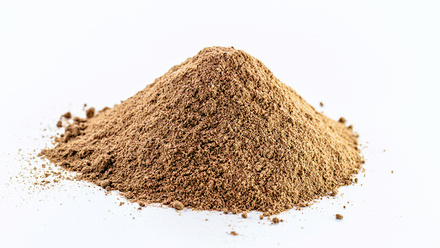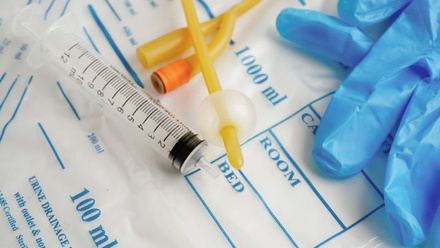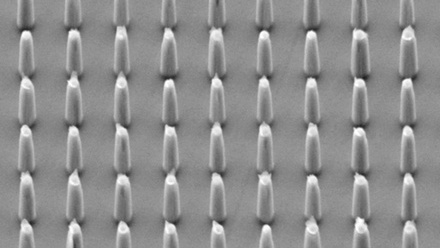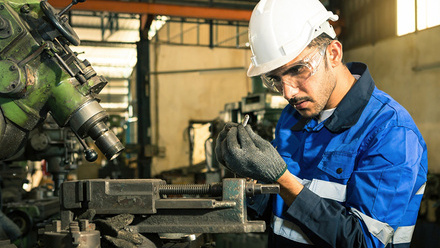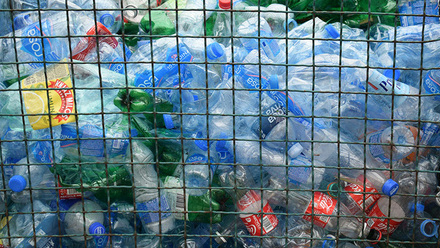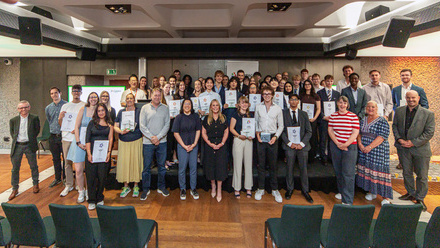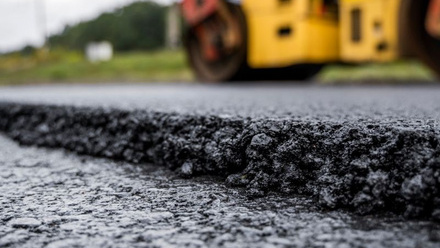Surface patterns on polymers prevent bacterial infections
Patterned grooves could prevent biofilms forming on medical devices, such as catheters.
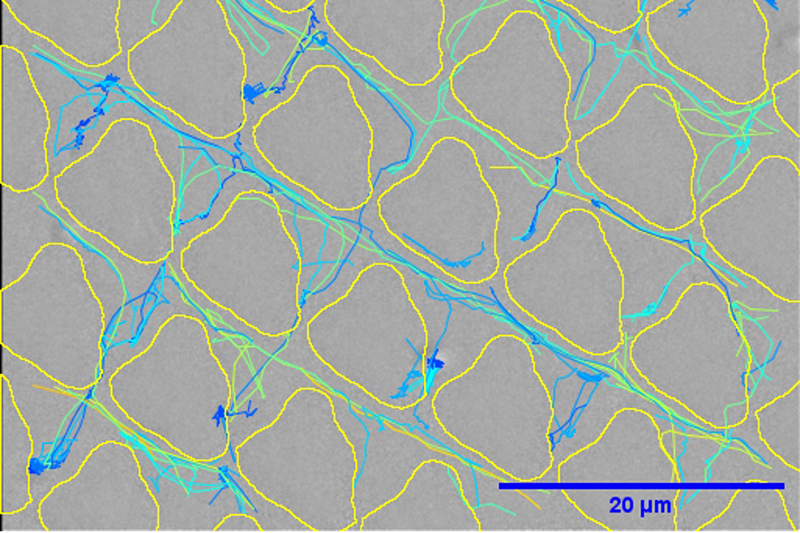
The optical tracking image after two minutes shows the paths of individual bacterial cells swimming (blue-slow, turquoise faster) within channels between 10-micrometre-high topological features (outlined in yellow). The cells then become confined within the crevices between the features and produce a lubricating substance that blocks subsequent biofilm formation.
© University of NottinghamScientists at the University of Nottingham, UK, reveal that when bacterial cells encounter patterned grooves on a surface, they lose their ability to form biofilms.
They screened over 2,000 designs made in different plastics, including polyurethane that is commonly used to make medical devices.
On the best biofilm inhibitory pattern, they have discovered that small crevices in the raised patterns trap the bacterial cells, tricking them into producing a lubricant that stops them sticking to the plastic surface.
This blocks biofilm formation and makes it easier for the host’s immune defences cells to clear the infecting bacteria and so prevent infection.


